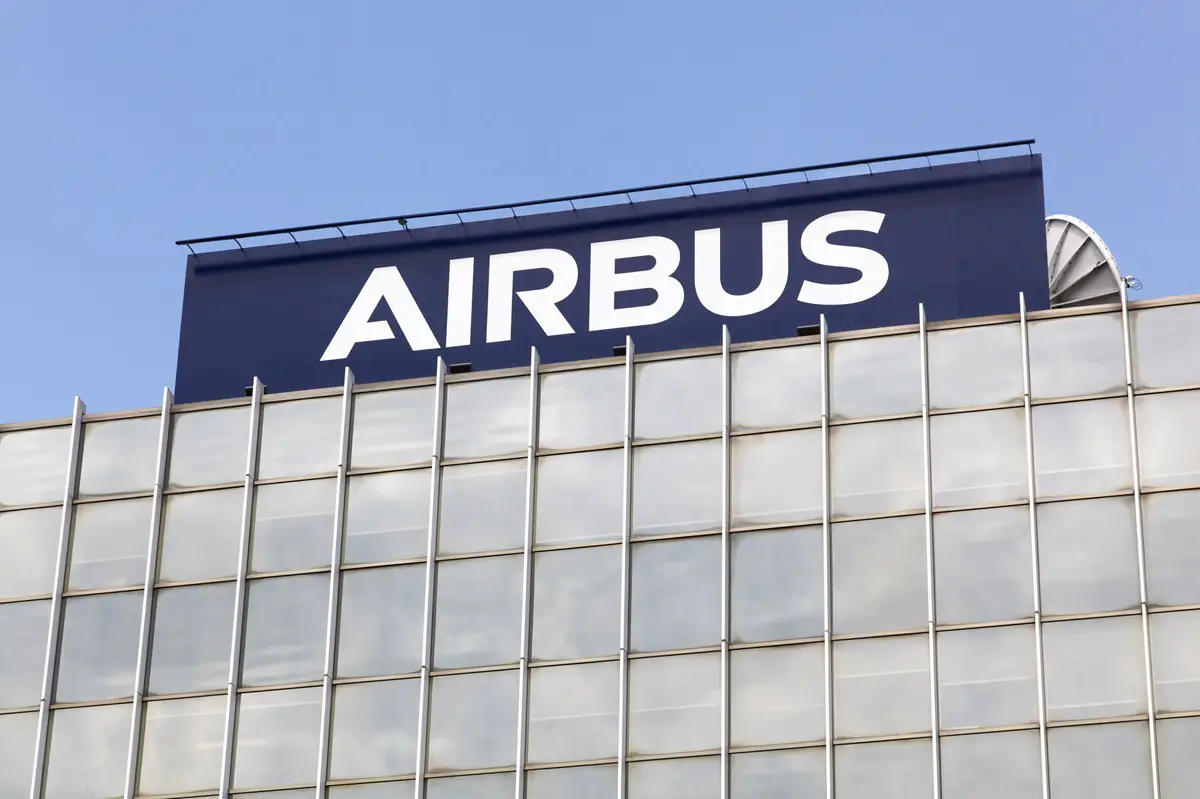
Airbus uses hydrogen plane for its Blue Condor contrail study
December 6, 2023 0 By Alicia MooreThe experiment studied H2-powered flight in the sky above Nevada last month.
Airbus has taken a significant step forward in its Blue Condor hydrogen plane contrail research experiment by flying a modified glider through Nevada skies in November.
The flight was Airbus’ first using H2 as the only form of fuel to power the aircraft.
The hydrogen plane’s flight was part of a broader test campaign measuring contrails through into early next year.
H2 has become a major area of study among airlines seeking to decarbonize. When using it for combustion instead of relying on fuel cells and an electric motor, H2 produces contrails visually similar to those made by conventional jet fuel. That said, H2 contrails contain different substances than jet fuel. For instance, H2 contrails don’t contain sulfur oxides. That said, they do include a substantial amount of water vapor and will hold nitrous oxides. In fact, they do each of those things as much as 2.5 times more than kerosene contrails.
Since both water vapor and nitrous oxides are considered to be emissions that can have an impact on climate change, Airbus is committed to studying them before diving in head-first.
The Blue Condor project studied the contrails of a hydrogen plane flown as high as 30,000 feet.
The Airbus UpNext Blue Condor project flew the aircraft that was modified to use a small H2 combustion engine. It flew as high as 30,000 feet and its emissions were compared to those of a kerosene engine of similar size which was powering a second aircraft flown nearby.

Credit: Photo by depositphotos.com
Each of the gliders – the H2-powered version and the kerosene engine version – are operated by The Perlan Project. The H2 version was assembled by Aero Design Works from Germany.
Flight test phase.
 This was the launch of Blue Condor’s flight test phase. The length of the flight was about a half hour, with the goal of boosting the thrust of the H2 engine at 7,000 feet while stabilizing the hydrogen plane at various speeds.
This was the launch of Blue Condor’s flight test phase. The length of the flight was about a half hour, with the goal of boosting the thrust of the H2 engine at 7,000 feet while stabilizing the hydrogen plane at various speeds.
Since the first flight, two others have since taken place, including one during which the engine was started at 10,000 feet.
Ready to test your knowledge on the most abundant element in the universe? Take our fun and engaging Hydrogen Quiz now! [forminator_quiz id=”58712″]
About The Author
Alicia Moore's dedication to sustainable energy products goes beyond her writing. She actively seeks out new ways to live more sustainably, and encourages others to do the same. Her commitment to eco-friendly living is evident in her daily life, and she is always looking for ways to reduce her impact on the environment. What sets Alicia apart as a writer is her ability to communicate complex topics in a way that is accessible to everyone. Her passion for renewable energy is contagious, and her writing inspires readers to consider the ways in which they can make a positive impact on the planet. Ultimately, Alicia's work is driven by a desire to create a more sustainable and equitable world, and her writing serves as a powerful tool for achieving this goal.



 With over 15 years of reporting hydrogen news, we are your premier source for the latest updates and insights in hydrogen and renewable energy.
With over 15 years of reporting hydrogen news, we are your premier source for the latest updates and insights in hydrogen and renewable energy.